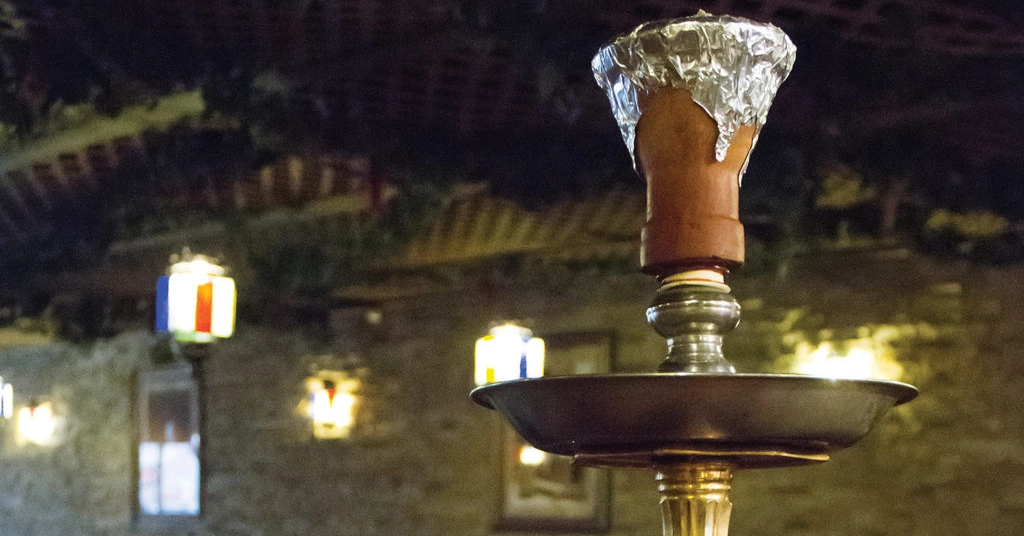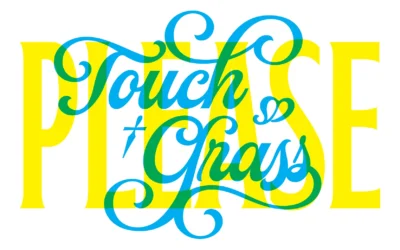On Thursday evenings, The Sultan Palace (located on 109 Street, just north of Jasper Avenue) is the place to be. After the waitress prompts you to select your flavour, you look around to see customers creating delicate shapes with the billowing smoke that leaves their mouths. As soon as 9:30 p.m. hits, the in-house DJ starts mixing contemporary music, and everyone — from the older crowd to the young university students — seems to be enjoying it.
You may ask what scene I’m trying to set, and you’re right if you guessed a current pop culture trend, shisha and hookah bars.
Smoking shisha — also known as hookah or the water pipe — is a method of smoking tobacco through a bowl and hose or tube. Dependent on preference, the tobacco can be mixed with fruit flavours such as pear and strawberry, and there are special blends, such as blue mint from The Sultan Palace.
More specifically, the base of the hookah is filled with water to immerse the stem in water. The bowl, which is filled with tobacco, is covered with a thin foil to hold the hot coals placed on top. The coals heat the tobacco, which begins to burn and smoke. When a person sucks on the hose, the smoke is pulled down from the bowl, through the stem, and underwater. It then re-emerges from the water and is inhaled through the hose.
The origin of hookah isn’t totally clear, but accounts tend to attribute itto Persia and India during the 1500s, including the history as described by Encyclopædia Iranica. The practice spread throughout the Middle East and Central Asia, where it became increasingly intertwined with the fabric of society. It was intimately associated with social gatherings over drinks and conversation. Shisha has now made its way into mainstream culture within the United States and Canada.
For some university students, shisha and gatherings at hookah shops have become an integral part of their social lives. This is exactly the case for Nadine Dollent, a MacEwan University student.
“My first experience with shisha was when I was 18,” Dollent explains. “I went to a hookah bar with three other guys. I was a little scared so I took small puffs. Two of the guys actually puked because they inhaled too much their first time.”
After Dollent’s first time, the attraction stuck.
“I now actually go twice a day, or once a day for a longer session,” says Dollent. Her most frequented hookah shop is Chateau Beirut. According to Dollent,her visits are so regular that the shop owner will greet her with a hug and a query about her day. After the shisha is served, Dollent will take out her laptop to study or start a conversation with her friends.
Dollent goes on to say that, for her, the attraction to shisha comes from the social aspect of the gatherings and interactions.
“Everyone sits down and shares the shisha while having a drink and enjoying the conversation.”
Know the risks
• According to the hookah fact sheet from the Centers for Disease Control and Prevention, “Using a hookah to smoke tobacco poses serious health risks to smokers and others exposed to the smoke from the hookah.” The CDC lists risks such as oral, lung and stomach cancer.
• According to Health Canada’s 2013 Canadian Tobacco, Alcohol and Drugs Survey (CTADS), 29 per cent of people aged 20-24 reported trying water-pipes (such as hookahs) at some point.
• According to the (CTADS) summary of the 2013 survey results, “When Canadians who reported using a water-pipe during the past 30 days were asked about their beliefs regarding the risks and benefits associated with smoking a water-pipe compared to cigarettes . . . 38 per cent thought it was less harmful than cigarettes.”
Photo by Casey Pollon





0 Comments